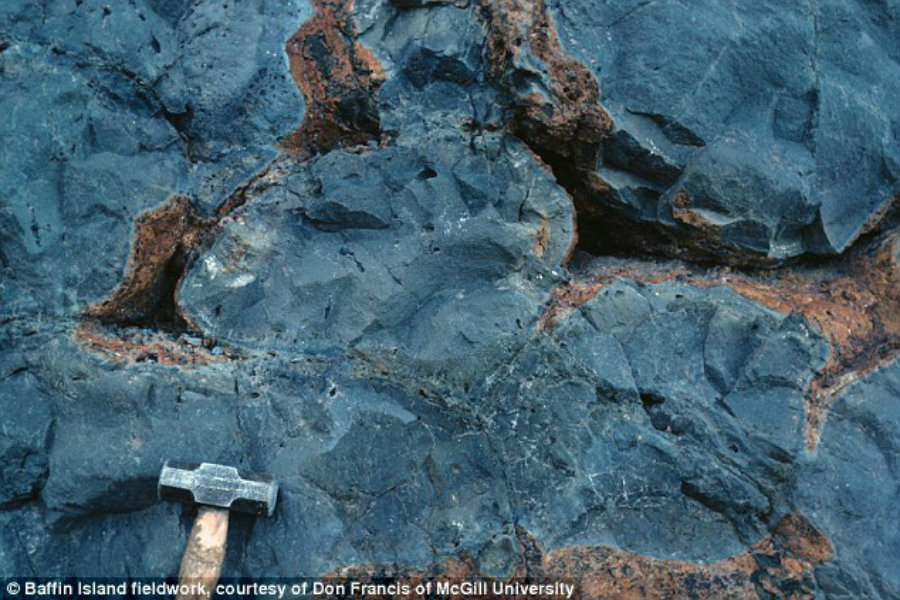Researchers from US and Canada have found silicate material formed during the primitive era within two volcanic rocks. The silicate might count almost 5 millions years since the moment it took place in the Earth’s mantle. Researchers are pleased about a finding that proposes some clear hints about the formation of the planet.
The study published in the journal Science showed up that silicate material, dating from the primitive era, remains within two volcanic rocks that were too distant from each other. One trace of the layer was located in the Ontong Java Plateau in the Pacific Ocean while the other one remained in one rocky formation from the Baffin Bay in the North Atlantic.

Really old silicate material
The remains of silicate material found in the rocks were set up about 4.5 billion years ago in the planet’s mantle. As per the scientists have stated, the Earth was created from several collisions of different bodies which let the progressive increase of its size. One significant event of this kind was the one that involved our planet and a body that was as big as Mars, resulting in the formation of the moon.
The recent discovery clears up the possible melting of geological materials that researchers have considered as a consequence of last high temperatures. Now, they have found layers containing a material that belonged to ancient times and that took part in the formation of the planet.
Researchers found the silicate material by using tungsten-182, an isotope of tungsten, which detected a substantial amount set in the mantle of the Earth; the mantle makes reference to a specific region settled between the crust and the core.
This event let us know a little bit more about how our home was created and the continuous steps that our history has made since a long time ago: “Four and a half billion years of geologic activity have overprinted much of the evidence for the processes involved in Earth’s formation and initial chemical differentiation,” said Richard Walker, a member of the study.
Source: Science
